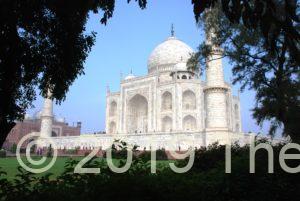
From architectural masterpieces like the Taj Mahal to wildlife sanctuaries in the countryside, visitors are introduced to India’s multi-layered cultural traditions. First-timers can easily become overwhelmed by the wide array of travel options and the possibility of culture shock. Before making reservations, review the available options and choose the destinations and accommodations that best meet your needs. And, most importantly, embrace a country that is unlike any place that you have previously visited. After living as an expat in Bangalore in 2010, I have traveled to several destinations throughout India. To help you prepare for your journey, I’m sharing 9 travel tips for India.
Accommodations
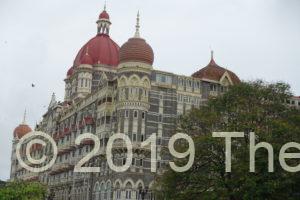
Budget-minded travelers can stay in hostels or inexpensive hotels. Homestay properties provide a taste of Indian daily life while international hotel chains and small hotels offer midrange guest rooms. Upscale travelers will gravitate to the posh Taj Hotel and Oberoi hotel chains. In the jungles near Ranthambore National Park, adventure seekers can opt for a luxurious tented camp. If you’re looking for a unique experience, book a renovated former palace that offers amazing royal treatments.
Centuries of History
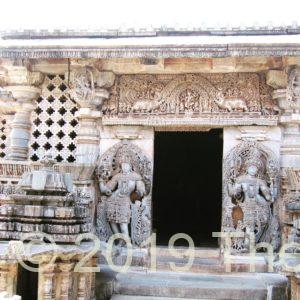
Most history buffs flock to the Golden Triangle—Delhi, Jaipur, Agra— to capture bits and pieces of India’s heritage. the Taj Mahal, Fathpur Sikri, Agra Fort, Sikandra, Amer Fort, Jantar Mantar, the Red Fort, and Humayun’s Tomb are some of the top sites found in this northern region. If you prefer less crowded venues, consider Orchha, Mandi, and Kharjuraho in Madhya Pradesh, Hampi or the Hoysala temples in Karnataka, or the Mehrangarh Fort in Jodhpur. History comes alive in just about every city.
Safaris
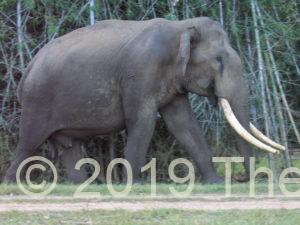
Most people would rather see animals in the wild than in a zoo. Wildlife refuges with common and near-extinct mammals are found throughout the country. Noteworthy ones include Jim Corbett National Park in Kumaon (North), Ranthambhore National Park (Northwest), Bandhavgarh in Madhya Pradesh (Central), Kaziranga in Assam (East), Tadoba in Maharashtra (west/central), and Periyar in Kerala (South). It’s advisable to check with the destination to determine the optimal time for a visit.
Street Food
An integral part of exploring a culture is trying traditional foods. But, most health-conscious individuals will avoid eating from the ubiquitous street food carts. These foods are prepared with raw ingredients such as onion, mango, yogurt, and unpurified water. Rancid oil may be used in some cooked items. Instead, head to established restaurants that prepare these regional delicacies in sanitized conditions and use purified water.
Monsoon Season
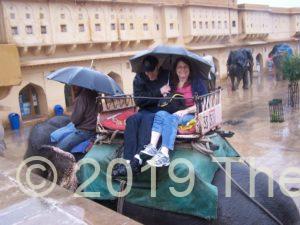
Gusts of wind swoosh through the congested streets as layers of dark clouds release excessive amounts of rain. Locals scurry about as visitors look on with amazement. Streets flood and train stations close. Gridlock occurs as motorcycles weave in and out as if they are racing down a slalom ski course. It is possible to go for weeks without seeing a ray of sunshine
With a positive attitude, an umbrella, a raincoat, and some water-proof shoes, travelers can work around this natural obstacle. If you would prefer leaving your umbrella and raincoat at home, don’t book during the monsoon season. Keep in mind that each region in India has its own weather pattern.
Traffic and Noise
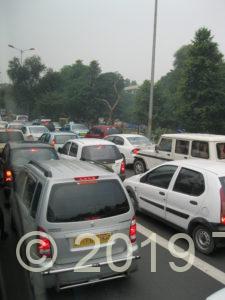
Unless you’re traveling in the countryside, be ready for heavy traffic, blaring horns, and limited parking. The streets were not built to accommodate a mega population that is estimated to be over 1.3 billion. India’s metro areas are well known for extremely aggressive drivers and extremely long commutes.
English Language
Hotel personnel, tour guides, and vendors at major tourist attractions will speak English. However, independent travelers will encounter individuals who have, at best, marginal English. While many urban taxis drivers may be able to communicate, it may be a more challenging experience with auto-rickshaw drivers. Oftentimes, it’s best to negotiate a fare upfront. Fewer people will speak English in places where tourists rarely go.
Be Careful Where You Step
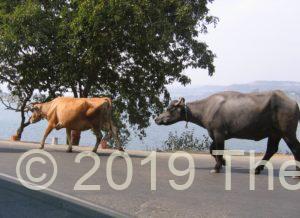
Outdated sidewalks cause a hodgepodge of uneven surfaces that oftentimes shave animal feces. Yes, in some places it’s common to see stray dogs, chickens, goats, cows and even monkeys on urban streets. After navigating the pedestrian walkways, take extra caution when crossing the street. Cars rarely yield to pedestrians and may not follow marked road signs, including one-way streets.
Day to Day Needs
Outside the main cities, toilet paper may be in short supply or nonexistent. This scenario may go hand-in-hand with squat toilets that resemble simple holes in the ground. It’s wise to bring along a supply of tissue whenever you leave your hotel. Remaining hydrated in a tropical location is key. It is recommended to drink bottled water everywhere. Avoid unfamiliar brands and containers that aren’t sealed properly. Visitors can become extremely sick after ingesting unpurified water. It’s wise to pack probiotics, electrolyte packets, and a bottle of Cipro.
CAN YOU SHARE?
I’m always looking for feedback and questions. If you have traveled to India, can you share the best part of your visit? Is India on your bucket list for 2020? Do you have any questions or concerns? Please don’t hesitate to leave a comment or question.
Related Stories
Ten Travel Experiences For 2020 that Will Change Your Life
Intergenerational Travel is a Great Adventure!
Love Road Trips? You Should Drive India’s Golden Triangle!
Remembering the Jews of Kerala
Exploring Mumbai During Monsoon Season
New Experiences with Monkeys in India
Mumbai’s Rich Jewish History Found in its Many Synagogues
Would You Take a Teaching Job Abroad If Your Spouse Got a Job Overseas
My Gutsy Story: Sandra Bornstein
Off the Beaten Track—12th Century Hoysala Temples in India
Bio
Sandy Bornstein has visited more than 40 countries and lived as an international teacher in Bangalore, India. Sandy’s award-winning book, May This Be the Best Year of Your Life, is a resource for people contemplating an expat lifestyle and living outside their comfort zone. Sandy writes about food, historical sites, family, intergenerational, and active midlife adventures.













Leave a Reply